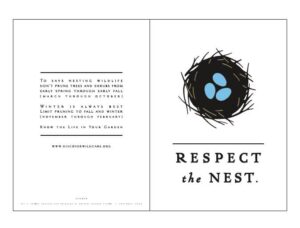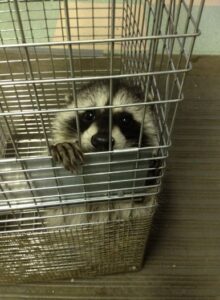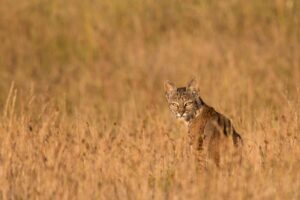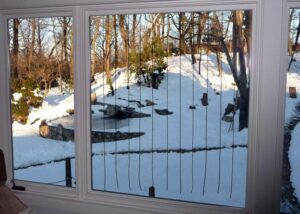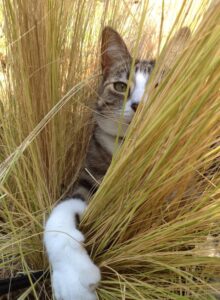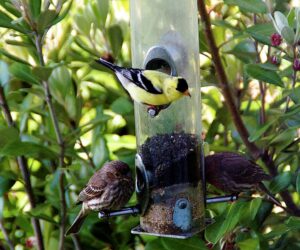Advocacy
The catastrophic fires in Los Angeles have put fire safety and the need to prepare our homes for fire at the top of everyone’s priority list this January.This heightened awareness is good because it will help reduce the risk of wildfires in our neighborhoods, and also because doing fire mitigation work NOW will help baby…
Read MoreTULE ELK AT PT. REYES NATIONAL SEASHORE Photo by Christine Hansen Update January 9, 2025 Good news for wildlife in Point Reyes National Seashore! After more than 150 years, Tule Elk and myriad other wildlife will no longer need to share habitat with dairy farming and ranching. In an historic deal announced on Wednesday, January…
Read MoreIt’s Not Yet Safe to Prune Trees! WildCare is admitting a second round of baby squirrels and baby birds into our Wildlife Hospital right now, and many of them arrive because their nests were cut down by tree trimmers.Many squirrel and bird species have more than one brood of babies in a summer. We often…
Read MoreTrapping doesn’t solve a nuisance animal problem. Animals are attracted to your property because it provides something they want and need. Usually what attracts them is access to FOOD, WATER or SHELTER.
Read MoreProviding an artificial water source for wildlife in your yard may seem like the kind thing to do for local wildlife, but putting out water can cause more problems than it solves.
Read MoreOne of the main causes of migratory songbird mortality is window strikes. The following steps can help reduce the number of birds killed by hitting windows, and a lot of lives could be saved if everyone implemented these strategies!
Read MoreFor one year, WildCare’s Director of Animal Care and her team collected the wild animal patients brought to our Wildlife Hospital due to having been caught by cats.
Of the 321 caught-by-cat patients admitted that year, only 39 survived to be released.
Read MoreFeeders bring joy and enrichment to many people’s lives, and they can occasionally provide a valuable supplemental food source that improves bird survival. However, poorly placed and maintained feeders may increase the risks of predation, window strikes and disease.
Read More


